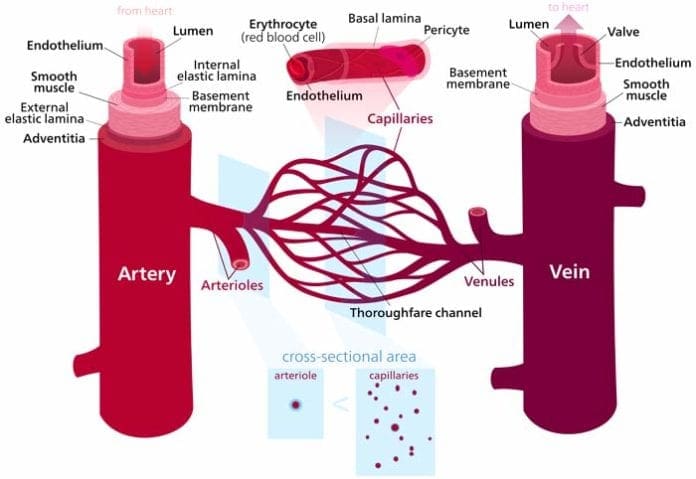
Differences Between Arteries and Veins: Oxygen is essential to life as it serves as a fuel for the body’s physiological functions. In animals, it is the responsibility of the heart to pump blood to every cell, tissues, and organs in the body.
The blood vessels, which are composed of the interconnected hollow tubes such as arteries, veins, and capillaries, facilitate the pathway through which the blood and other nutrients travel. Often, the body’s blood vessel network is likened to a tree. The main artery of the body, the aorta, is considered as the trunk that leads into smaller blood vessels (i.e., smaller arteries and veins).
At the end of these networks, the tiny vessels, known as the capillaries, can be found. Among these three, the capillaries are the easiest to distinguish because of their size. In general, all the types of blood vessels mentioned above possess the same basic structures: outer, middle, and innermost layers.
The outermost layer is made of connective tissues that function to supply the inner layers with nutrients. In this layer, numerous nerve networks can be found. The next layer is composed of the smooth muscle and underneath it is the innermost layer (called endothelium). The innermost layer is made up of connective tissues.
Despite having a seemingly similar structure, these blood vessels differ in many aspects. Each of them is morphologically modified to carry out its function, as well as to adapt to various situations. Hence, in this article, let’s explore the differences between the two major blood vessels in the body: the arteries and veins. Learn more about their structures, functions, and other characteristics below.
Differences Between Arteries and Veins
| Arteries | Veins | |
|---|---|---|
| General Characteristic | Arteries are the largest type of blood vessels and are known to function as carriers oxygenated (oxygen-rich) blood from the heart to the rest of the body. | On the other hand, veins are a type of blood vessels characterized by having a larger lumen and contain numerous valves. Because of this kind of morphology, veins function to return the deoxygenated (oxygen-poor) blood from different parts of the body back to the heart. |
| Location |
Found deeper within the body. Major arteries that are located closer to the heart tend to have the thickest smooth muscle layers to withstand the blood pressure due to the pumping of the heart. |
Found usually beneath the skin but sometimes in deeper areas too. To prevent the backflow of blood, veins are located closer to muscles. When these muscles contract, the walls of the veins tend to be compressed, thus pushing the blood forward. Aside from that, valves also hinder backflow. |
| Wall of vessel | Thick and strong; composed of muscles, fibrous tissues, and elastic fibers | Thin; composed of mainly fibrous tissues but less elastic fibers and muscles |
| Types of Arteries |
Arteries are divided into different types: the conducting arteries, distributing arteries, and the smallest arteries. The conducting arteries are further subdivided regarding their size: larger and smaller ones. As their names suggest, they aid in the conduction of oxygenated blood away from the heart. In humans, the aorta is considered to be the largest artery. The next type is the distributing arteries. Likewise, as their name implies, they function to distribute the oxygenated blood into smaller and narrower locations through which conducting arteries cannot fit. Lastly, the smallest arteries, called the arterioles, function to supply blood to the capillary bed. The capillary bed is where the actual gas exchange between cells and tissues occur. |
Regarding their histology, veins, particularly the venules (smaller veins) serve as the drainage of blood from the capillaries. On their way to the heart, they are transported via larger veins and ultimately to either of the two largest veins: Superior Vena Cava (if the returning blood is coming from tissues and organs that are located above the heart) and Inferior Vena Cava (if the returning blood is coming from tissues and organs that are located below the heart). Between the two, the Inferior Vena Cava is the larger and longer vein. This is justifiable since it does a more rigorous work of returning blood from all organs and tissues below the diaphragm. |
| Layers of vessel walls | Composed of three layers namely Tunica adventitia, Tunica media (thickest), and Tunica intima | Composed of three layers namely Tunica adventitia (thickest), Tunica media, and Tunica intima |
| Diameter of Lumen | Narrow; may change depending on the heartbeat | Wide |
| Are there valves? | None | Yes; valves prevent backflow. |
| Function | Carry blood away from the heart | Carry blood back to the heart |
| Key features |
Strength and elasticity; prevents backflow Interestingly, as compared with larger ones, smaller arteries that contain a number of smooth muscle tissues for the reason that they can regulate the pressure during blood flow. This change in pressure, which is due to the pumping of the heart, is divided into two: diastolic (low pressure) and systolic (high pressure). When one takes a pulse rate, the pressure felt is due to the change in the arterial pressure. |
Offers less resistance to blood flow Veins can tolerate changes in blood volume (usually a result of hemorrhage or blood transfusion) and able to hold up to 70% of the amount of blood in the body. |
| Type of blood transported | Oxygenated or oxygen-rich blood (except in the pulmonary artery) | Deoxygenated or oxygen-poor blood (except in the pulmonary vein) |
| Exception | As an exception, the pulmonary artery is the only artery that does not carry oxygenated blood. The type of blood that this artery carries has already moved and been transported around the body and is now on its way back to the heart. The pulmonary artery pumps that blood to the lungs to remove the waste products and get more oxygen. | As an exception, the pulmonary vein is the only type of vein that does not carry deoxygenated blood. Instead, it transports the newly oxygenated blood from the lungs back to the heart. Eventually, this blood will be transported in the body via the arteries. |
| Pressure needed | High pressure | Low pressure |
| Speed of blood flow | Fast | Slow |
| Pathway of blood flow | Very distinct | Sometimes indistinguishable because of many interconnections |
| Beat | Realized | Unrealized |
| What if the flow of blood stops? | Would still remain open | Will collapse right away |
| Type of Diseases and Disorders | Because of the impairment of the endothelial cells, arteries tend to enter a pathological state. Other factors like too much cholesterol, pathogens, and other stimuli trigger the endothelial cells to resort thicken the arterial wall and form a plaque. Some of the most common diseases that affect arteries are atherosclerosis, vasculitis, and myocardial infarction. | Because the veins only pump blood under low pressure, diseases and disorders are often too difficult to diagnose. Most of the time, the diseases of the veins occur due to inadequate venous blood drainage (venous insufficiency) and blood clot resulting in blockage (thrombosis). As compared with those of the arteries, diseases associated with the veins are often very common, curable, and hardly fatal. |
Overall, it is highly important to decipher the differences between these two blood vessels for us to gain more understanding of their nature and physiology. This knowledge will further facilitate medical and therapeutic advancements, thus improving treatment methods and therapies.
Cite This Page
References
- “How does the blood circulatory system work? – National Library of Medicine – PubMed Health”. Accessed January 23, 2018. Link.
- “Arteries | The Circulatory System | Anatomy & Physiology”. Accessed January 23, 2018. Link.
- “Cardiovascular System Anatomy: Overview, Gross Anatomy, Natural Variants”. Accessed January 23, 2018. Link.
- “Veins | The Circulatory System | Anatomy & Physiology”. Accessed January 23, 2018. Link.
- “Diseases of the Veins | Circulation”. Accessed January 23, 2018. Link.


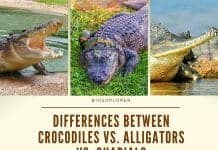
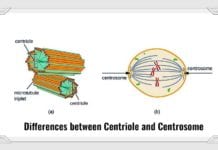

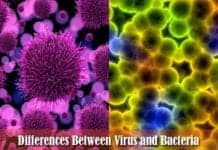
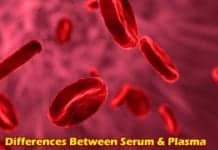
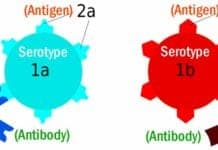









[…] Bioexplorer.net […]
[…] https://www.bioexplorer.net/differences-between-arteries-and-veins.html/ […]